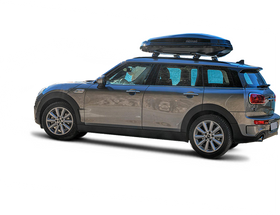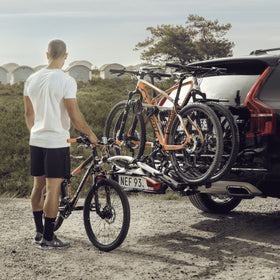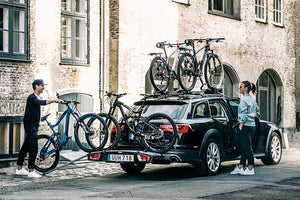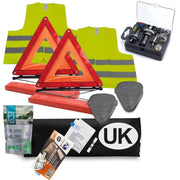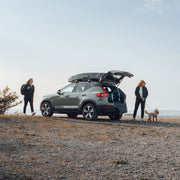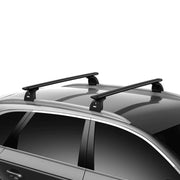

Know the Weight Limit: Mastering the Art of Safe and Efficient Roof Bar Loading
Using roof bars to increase the carrying capacity of your vehicle can be incredibly practical, but it's vital to understand and respect the maximum weight capacity. Overloading roof bars can lead to dangerous situations, causing damage to your vehicle and posing significant safety risks.
Understanding Roof Bar Weight Limits
The Importance of Sticking to the Limit
Every set of roof bars has a specific weight limit, determined by both the manufacturer of the bars and your vehicle's capacity. Exceeding this limit can compromise vehicle handling, increase wear and tear, and potentially cause accidents.
Finding Your Roof Bar's Weight Capacity
Typically, the weight limit is listed in the roof bar’s manual or on the manufacturer's website. It's also essential to consult your vehicle’s manual, as the roof's maximum load capacity might be lower than the bars themselves.
The Risks of Overloading
Compromised Vehicle Handling
Overloading roof bars affects the vehicle’s center of gravity, making it more challenging to steer and handle, especially in emergency situations.
Increased Wear on the Vehicle
Excess weight puts additional strain on your vehicle’s roof and can damage the roof bars themselves.
Legal and Insurance Implications
In some jurisdictions, overloading your vehicle can lead to legal penalties or invalidate your insurance.
How to Reduce the Weight on Your Roof Bars
Prioritize Your Cargo
Carry only what is necessary. Prioritize items based on necessity and try to distribute heavier items inside the vehicle, if possible.
Invest in Lightweight Containers
Using lightweight, aerodynamic containers can help reduce the overall weight without sacrificing storage space.
Best Practices for Weighing Your Load
Use a Home Scale
For smaller items, use a home scale to weigh each item before loading. This practice helps you keep track of the total weight.
Consider Commercial Weighing Services
For larger, bulkier items, consider using commercial weighing services available at some shipping centers or waste disposal sites.
Balancing Your Load Correctly
Even Distribution
Ensure the weight is evenly distributed across the roof bars to maintain balance and stability.
Securing the Load
Properly secure the load to prevent any movement, which can shift the weight distribution while driving.
Regular Maintenance of Roof Bars
Periodic Checks
Regularly inspect your roof bars for any signs of wear, damage, or loose fittings, as these can affect the weight capacity.
Professional Advice
If in doubt, seek professional advice. A specialist can help you understand the specific requirements of your vehicle and roof bars.
Conclusion
Understanding and respecting the weight limit of your roof bars is crucial for safe and efficient transport. By being aware of the risks of overloading, taking steps to reduce weight, and employing best practices for weighing and loading, you can ensure a safer journey. Regular maintenance, the use of technology, and smart packing strategies are also key in managing your load effectively. Remember, when it comes to using roof bars, it's not just about how much you can carry, but how safely you can carry it.

